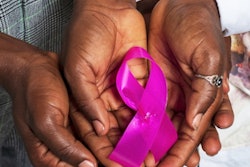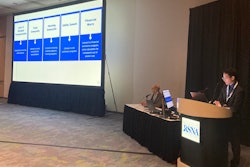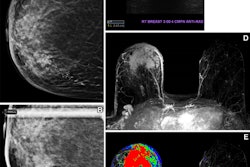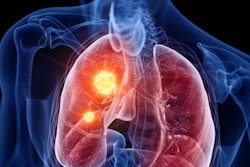Patients in the U.S. living in socioeconomically disadvantaged areas -- as defined by zip codes -- face barriers preventing them from timely access to imaging services, according to a study published March 14 in Radiology.
A group led by Dr. Anand Narayan, PhD, of the University of Wisconsin-Madison, explored the effects of extreme neighborhood deprivation on access to advanced imaging facilities and found that people living in socioeconomically disadvantaged areas have less access.
"If we as a community want to improve overall access to recommended imaging services, it is critical that we incorporate rural perspectives, particularly as many academic radiology departments are centered in urban or suburban areas," Narayan said, in a statement released by the RSNA.
Lack of access to high-quality imaging facilities can lead to delayed or missed diagnoses and further exacerbate health disparities experienced by people who live in communities with fewer resources, according to the authors.
To assess imaging discrepancies, Narayan's team used the area deprivation index (ADI), a tool originally developed in the 1980s by the Health Resources and Services Administration and now maintained and updated by the University of Wisconsin. It measures the level of socioeconomic disadvantages of a region using 17 census-based metrics, such as income, education, and housing quality.
Regions with greater disadvantages are ranked higher, with those in the 97th percentile considered extremely disadvantaged and those that landed in the 3rd percentile considered extremely advantaged. The primary outcome of the study was the availability of American College of Radiology (ACR)-accredited advanced imaging facilities based on zip codes.
Among 41,683 U.S. zip codes evaluated in the study, 2,796 met the criteria for extremely disadvantaged (1,160 rural, 1,636 urban), and 1,028 met the criteria for extremely advantaged (39 rural, 989 urban).
Narayan and colleagues found that extremely disadvantaged zip codes were less likely to have access to ACR-accredited facilities. For example, only 21% of extremely disadvantaged areas had access to CT facilities compared to 32% of extremely advantaged areas. This trend played out over a number of other imaging modalities, such as MRI, with 19% of extremely disadvantaged zip codes showing access versus 32% of extremely advantaged zip codes.
The largest disparity was found in the availability of ultrasound. Only 14% of extremely disadvantaged zip codes showed access to accredited ultrasound facilities, whereas extremely advantaged zip codes showed 29% access.
The study supports prior findings that people living in disadvantaged zip codes experience inequitable health outcomes and further suggests that prioritizing access to imaging facilities in these regions could be required to reduce disparities, the researchers wrote.
"Future studies should evaluate the extent to which improving geographic access can mitigate documented socioeconomic barriers experienced by diverse patient populations," the group concluded.




















